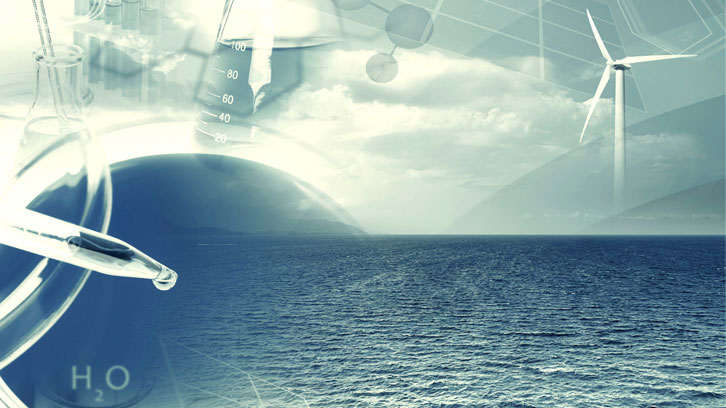Chemical, Electrochemical and Photochemical Molecular Water Oxidation Catalysts

The SelOxCat (Selective Oxidation Catalysis) research group focus its attention on the design and preparation of molecular or colloidal systems and hybrid materials to be applied as catalysts in oxidation-reduction reactions. Particularly, the group is interested in the study, understanding and development of key reactions for the production of renewable fuels from water and sunlight, such as the oxidation of water to oxygen gas and the reduction of protons to hydrogen gas, or the reduction of carbon dioxide to methanol or methane gas. In this review we highlight the latest most prominent results in water oxidation catalysis by employing molecular compounds containing transition metal ions.
|
|
Thus, while molecular, well-characterized catalysts able to oxidize water were scarce just five years ago, now a wide range of transition metal based compounds has been reported as active catalysts for this transformation. This review reports the most prominent key advances in the field, covering either examples where the catalysis is triggered chemically (by addition of a chemical oxidant), electrochemically (by applying a positive voltage) or photochemically (by using light as the excitation energy source).
Jordi Garcia Antón
Lluís Escriche
Xavier Sala
SelOxCat Research Group
Department of Chemistry
Roger.Bofill@uab.cat, Jordi.GarciaAnton@uab.cat, Lluis.Escriche@uab.cat, Xavier.Sala@uab.cat
References
Bofill, Roger; García-Antón, Jordi; Escriche, Lluís; Sala, Xavier. Chemical, electrochemical and photochemical molecular water oxidation catalysts. Journal of Photochemistry and Photobiology B: Biology. 2015, vol. 152, part A, p. 71-81. doi: 10.1016/j.jphotobiol.2014.10.022.

